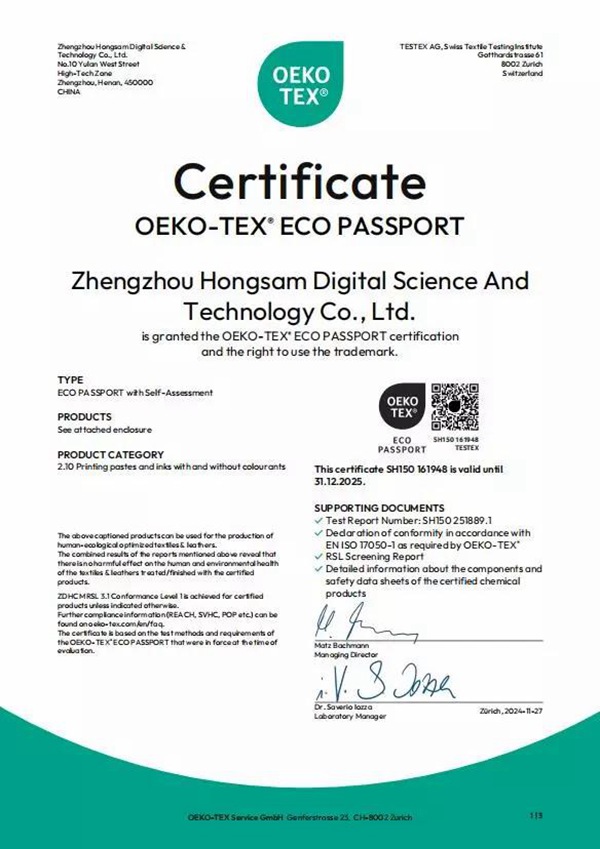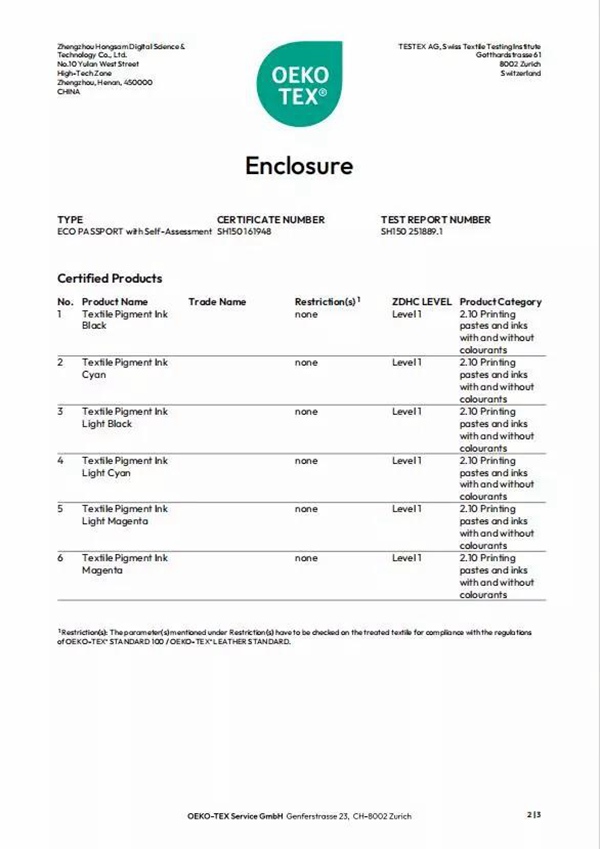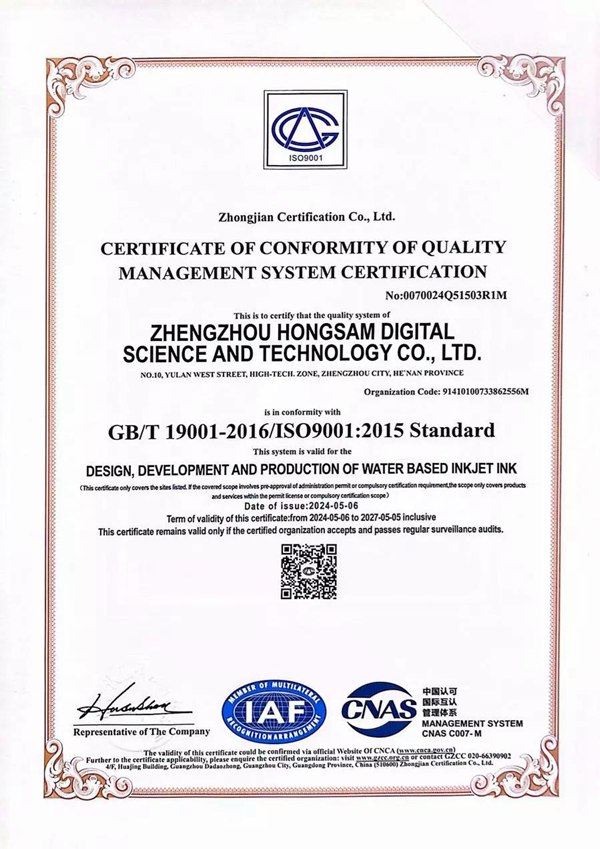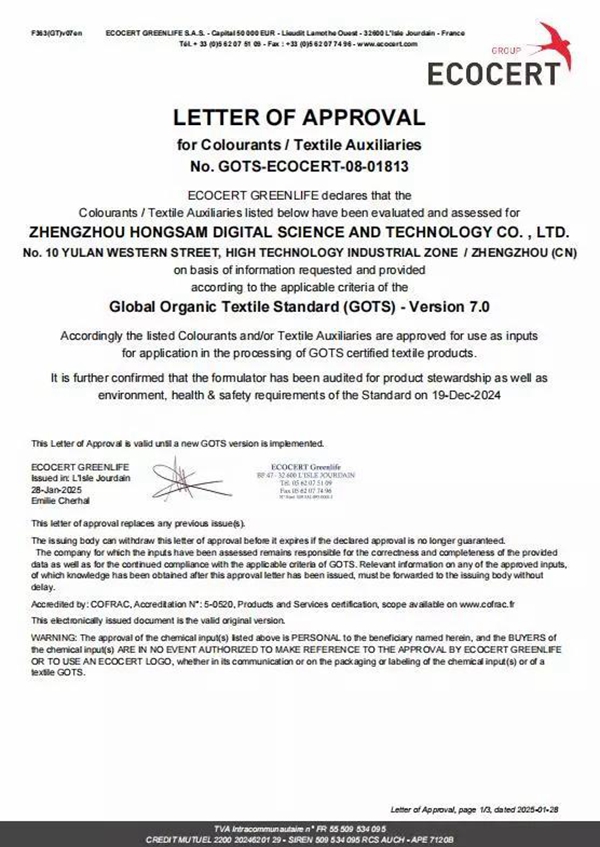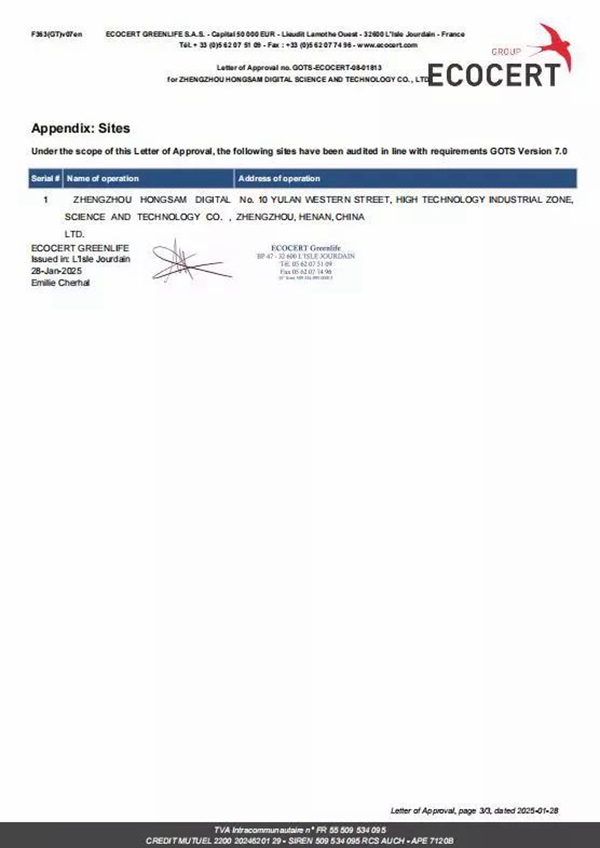1: Prepare Clothes and Image
Before DTG printing, clothing and images need to be prepared in advance. Clothes need to be pre-treated, including removing wrinkles, aligning clothes, etc. At the same time, the image needs to be adjusted and prepared by computer software, and imported into the digital inkjet machine for printing.
2: Ink Jetting
Digital inkjet machines use nozzles inside the printhead to jet ink on clothes at high speed. These nozzles are arranged in a row, and each nozzle is responsible for a specific ink color (red, green, blue, black, etc.). Ink is ejected through electronically controlled nozzles to form a pattern.
3: Ink Penetration
The printed pattern will directly penetrate into the fibers of the clothing. The pigment molecules in the pigment DTG ink are combined with the fibers through mechanisms such as liquid mechanics and chemical adsorption, so that the pattern is firmly attached to the clothing and is not easy to fade.
4: Drying and Curing
In order to better fix the direct to garment printing ink on the fibers, it is necessary to dry the clothes. Drying can speed up the curing speed of the T-shirt printing ink, making the pattern more stable and durable.
5: Complete the DTG Printing
After drying, the pattern printed by DTG printing technology is completed. The pattern can achieve very fine resolution and color reproduction, and can express more rich and vivid effects.
Summarize of DTG Printing Technology
DTG printing is a technology that directly prints on clothing, with highly customized, delicate and rich pattern effects. It sprays the color DTG ink directly onto the clothes through an inkjet machine, and goes through the steps of ink penetration, drying and curing to complete the final printing effect. The development of direct to garment printing technology provides more possibilities for creation and innovation in fields such as clothing customization and brand promotion.












